Let's take a step back in time to a world very different from ours yet strangely familiar. This was a world brimming with adventure, glory and sometimes bloodshed. Welcome to the world of the Romans. The Romans were a force to be reckoned with, known for their incredible power and unwavering spirit. Their significant influence on history has shaped the world we live in today.
For almost four centuries, the Romans ruled over Britain – 367 years, to be precise! During their reign, they constructed cities, formidable walls and an intricate network of roads, many of which we still use today. Luckily, the UK is home to a wealth of remarkably well-preserved ruins.
So, if your kids are learning about the Romans in school or they just love history, then join us as we explore the fascinating world of the Romans. We'll uncover eight incredible attractions to take your little historians – from mighty fortresses to ancient baths, these Roman attractions make for a fun and educational day out for the whole family.

Jump to a Topic
About the Romans
The Romans were a powerful ancient civilisation that ruled over more than 45 million people across Western Europe, Greece and the Balkans, the Middle East and North Africa from 27 BC to AD 476. They were known for their incredible achievements in engineering, governance and culture. From building grand structures like the Colosseum to developing a system of laws that influenced modern society, their impact on the world is felt even today.
But how did the Romans conquer Britain and rule for over 300 years? In AD 43 (1,972 years ago), the Romans landed in Britain, eager to claim its gold, tin, iron and cattle. They stormed through hillforts, leaving a lasting impact on the land by building new cities, roads, villas and baths. They left behind a network of 10,000 miles of roads that we still use today! Before the Romans set foot in Britain, reading and writing were rare skills among Britons. With their arrival came the introduction of Latin and a strong push for learning and literacy.
Did You Know? Places with "Chester", "Caster" or "Cester" in the name are almost certainly Roman – such as Manchester or Gloucester!
For over 300 years, Britain thrived as a peaceful and prosperous province of the Roman Empire, forever changing the landscape, culture and the way Britons thought. Hadrian's Wall, spanning 73 miles from Wallsend to Bowness, is one of the most famous remains that stands as a symbol of their presence. Let's explore some more wonderful Roman attractions that can be found in the UK.

Vindolanda, Northumberland
A Roman fort south of Hadrian's Wall in northern England famous for the Vindolanda writing tablets.
Considered one of Europe's most significant Roman archaeological sites, Vindolanda is located in the heart of Northumberland. The site features nine forts built on top of each other and was once home to soldiers from all corners of the Roman Empire.
As you explore the site, you'll discover the impressive remains of the stone fort and its sturdy walls, the commanding officer's house, barracks and granaries. Situated on a main street, you'll pass ancient houses, shops, a tavern and a bathhouse, giving you a glimpse into what daily life was like during the Roman era. There's also an on-site museum that showcases a stunning collection of artefacts found during excavations, from jewellery and pottery to military gear and religious artefacts.
The best part of this site is the Vindolanda writing tablets, a treasure trove of ancient handwritten documents. Made from thin sheets of wood, the tablets date back to the first and second centuries AD! Some tablets record military matters whilst others feature personal messages from families and even slaves. At the time of their discovery, they were the oldest surviving handwritten documents in Britain. And as of 2010, the texts of 752 tablets have been transcribed, translated and published.
Tickets are available online and at the door but booking online lets you save at least 5% against the standard admission prices. It's £12.50 for an adult, £6.00 for a child and there are family tickets available too. Tickets remain valid (until used) for 12 months from the date of purchase, making them a great gift!
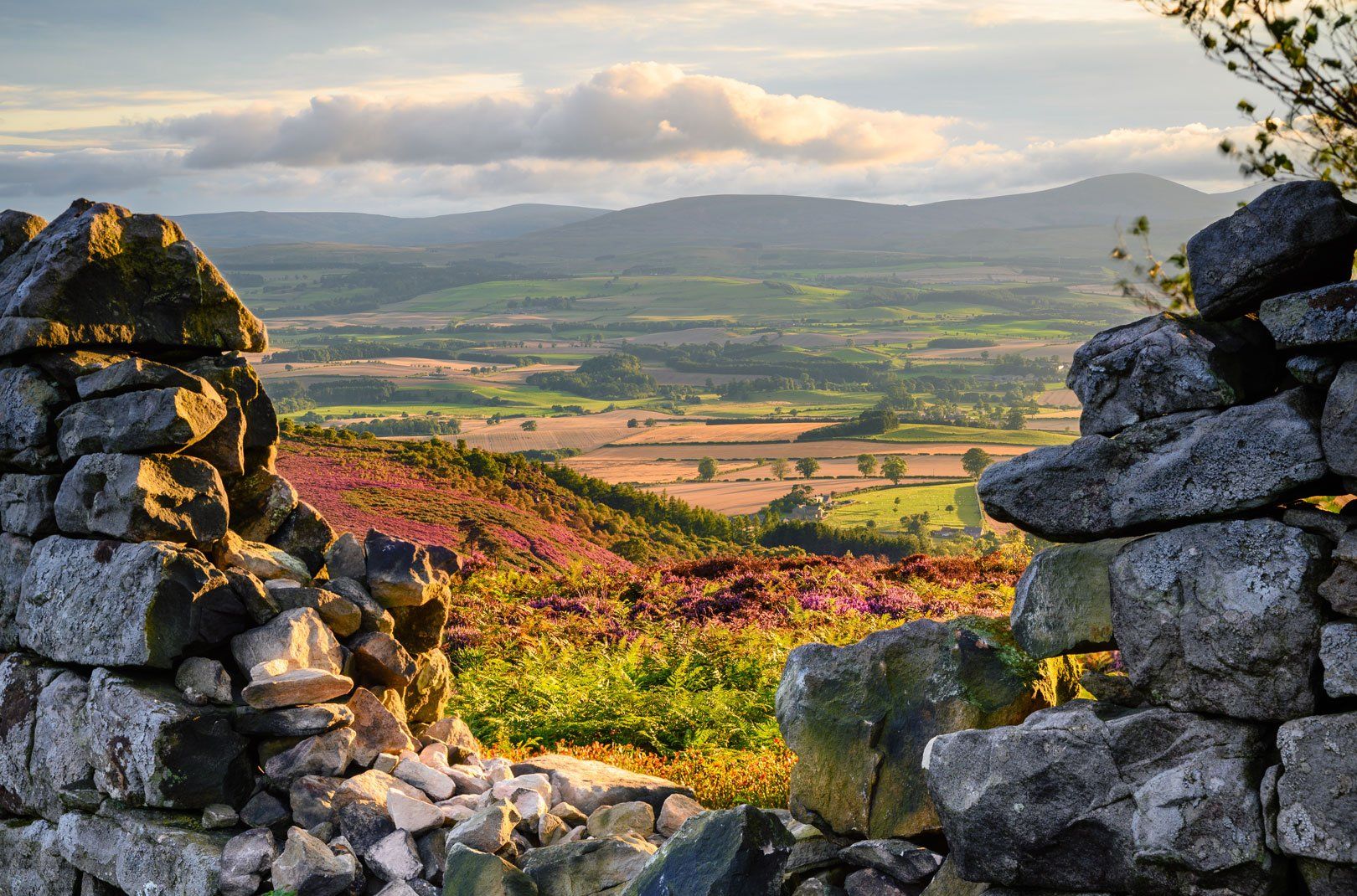
Roman Amphitheatre, Chester
The largest amphitheatre in Britain, serving as both a venue for entertainment and military training.
Next up is the Roman Amphitheatre in Chester, the largest of its kind in Britain. During the late first century AD, it was a bustling hub for entertainment and military training, where ancient Romans cheered on their gladiators and witnessed thrilling battles. This site is made up of two stone-built amphitheatres, each with unique features. The first amphitheatre had stairs at the back and a small shrine at the north entrance, similar to Pompeii. The second amphitheatre had vaulted stairways for seating, showing the growth of architectural techniques over time.
Though only about two-fifths of this oval amphitheatre are visible today, you can still marvel at the original stone wall that lines the excavated area. This ancient structure had an outer wall a staggering nine feet thick, with a corridor connecting entrances to stairways leading spectators to their seats. However, the story of this amphitheatre isn't all glory and applause. After its initial use, it had become derelict by AD 120 and was being used as a rubbish dump. Houses were eventually built over it by 1200, burying it in history until the 1950s when it was rediscovered and excavated.
In 2005, the amphitheatre made history again as the site of Britain's largest archaeological excavation. You can explore the treasures unearthed from these digs at the Grosvenor Museum, just a short stroll away from the amphitheatre itself. Viewing the amphitheatre and access to the museum are free for both adults and kids, offering an excellent affordable option for a pleasant day out.
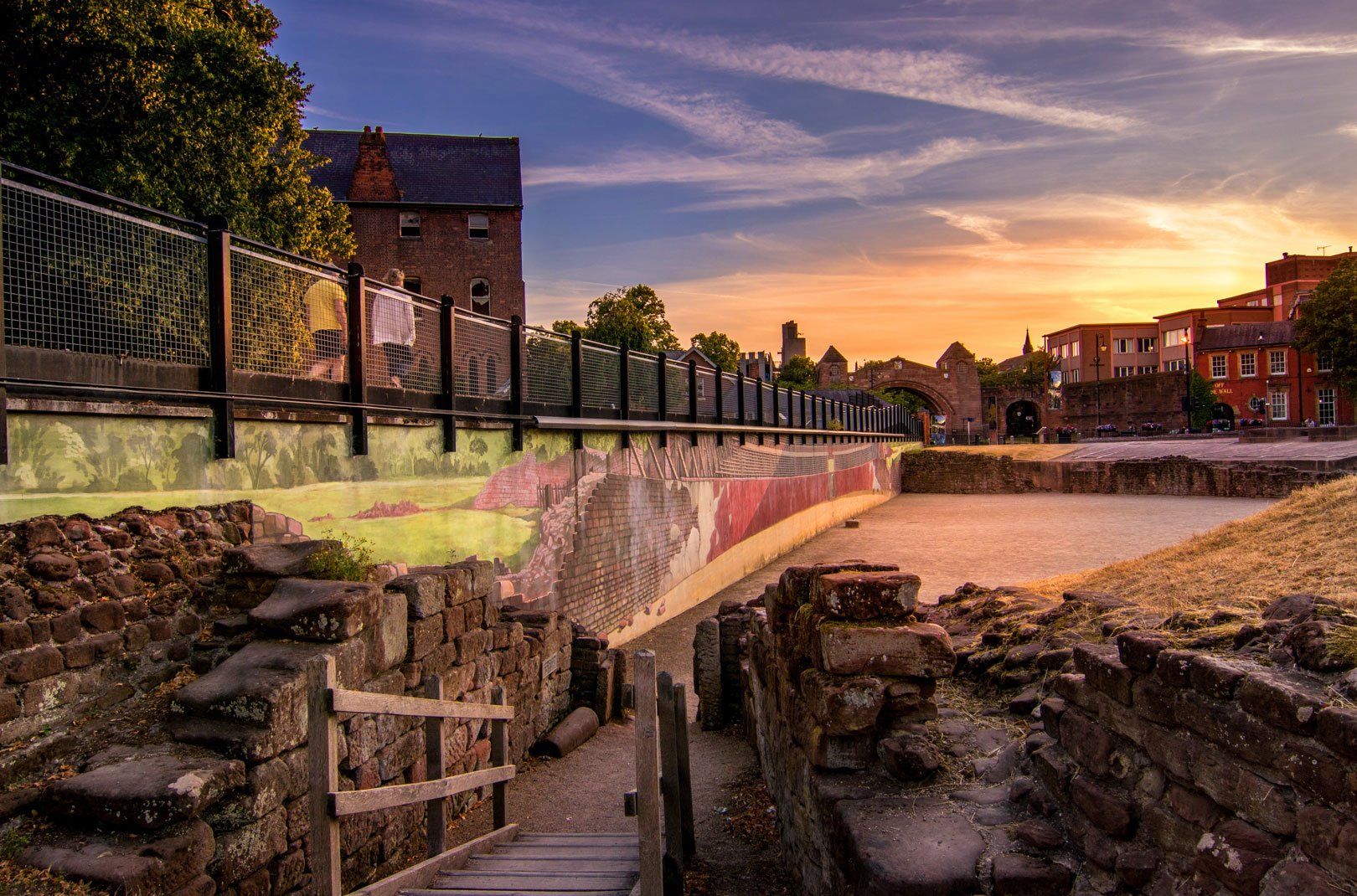
Bignor Roman Villa, West Sussex
A large Roman courtyard villa showcasing some of the most intricate and complete Roman mosaic floors.
Located within the scenic South Downs National Park in West Sussex, Bignor Roman Villa is a grand Roman courtyard villa renowned for its well-preserved and intricately detailed mosaic floors. It stands as a testament to the wealthy family who once lived there, whose identity remains a historical mystery.
As you enter the villa, you'll step back in time and walk in the footsteps of a family depicted in a striking painting displayed in the foyer. The man in the painting wears a ring and brooch found during excavations, hinting at the villa's wealth. Nearby, you'll find Stane Street, one of Britain's earliest paved roads, adding historical depth to your visit. The villa features approximately 65 rooms that surround a courtyard and outlying farm buildings. The villa's rooms feature some of Britain's finest Roman mosaics, celebrated for their preservation and artistic detail. Don't miss the impressive Greek-key-patterned corridor, stretching a remarkable 79 feet – the longest in Britain.
Tickets are priced at £10 for adults, £7 for children under 16 and free entry for children under 5.

London Wall, London
Stretching for two miles around ancient London, the London Wall was built by the Romans around AD 200, defining the city's shape for centuries.
Imagine the year is AD 200, and the vibrant port town of Londinium stands proudly along the River Thames. That's when the Romans decided to build a defensive masterpiece known as the London Wall. Stretching about two and a half miles long, it required a whopping 85,000 tons of Kentish ragstone to build! It was one of the largest construction projects carried out in Roman Britain.
London Wall served as a shield for London for centuries, with a large fort and garrison protecting its inhabitants. The Romans eventually bid farewell to Britain in 410, and the wall slowly fell into disrepair. However, it found new life during the late Anglo-Saxon era, thanks to Alfred the Great.
Today, you can explore parts of this incredible history, with one of the most impressive sections standing tall north of the Tower of London. The best part? It won't cost you a penny to visit, making it an excellent, budget-friendly family outing. After your visit, treat your family to an ice cream and a leisurely stroll through nearby Hyde Park for a chance to spot some wild parakeets – a perfect ending to a day filled with history and nature.

Caerleon Roman Fortress and Baths, Wales
Built in AD 75, Caerleon Fortress was a key Roman defence point in Wales, one of just three permanent Roman forts there, serving for over 200 years.
Located in Wales, Caerleon Roman Fortress and Baths offers a unique window into Roman military life. Built in AD 75, it stood as one of just three permanent Roman legionary fortresses in all of Roman Britain, the others being in York and Chester.
Caerleon allows you to imagine life as a Roman soldier with its mix of luxury and bloodshed. You'll find the remains of an enormous open-air swimming pool, once filled with over 80,000 gallons of water. Thanks to film projection, you can see a Roman soldier diving into its depths. Venture further and you'll discover the cramped barracks where soldiers slept and stored their weapons – Europe's only Roman legionary barracks still on display. And as you walk through the grand north entrance, you'll enter Britain's most complete Roman amphitheatre, where you can almost hear the echoes of 6,000 spectators cheering on gladiators.
Adult admission is £5.00, kids/students aged 5-17 are £3.60 and family tickets are also available. Kids will love exploring this fort! They'll be able to imagine what life was like in those days, sparking their curiosity and bringing history to life.
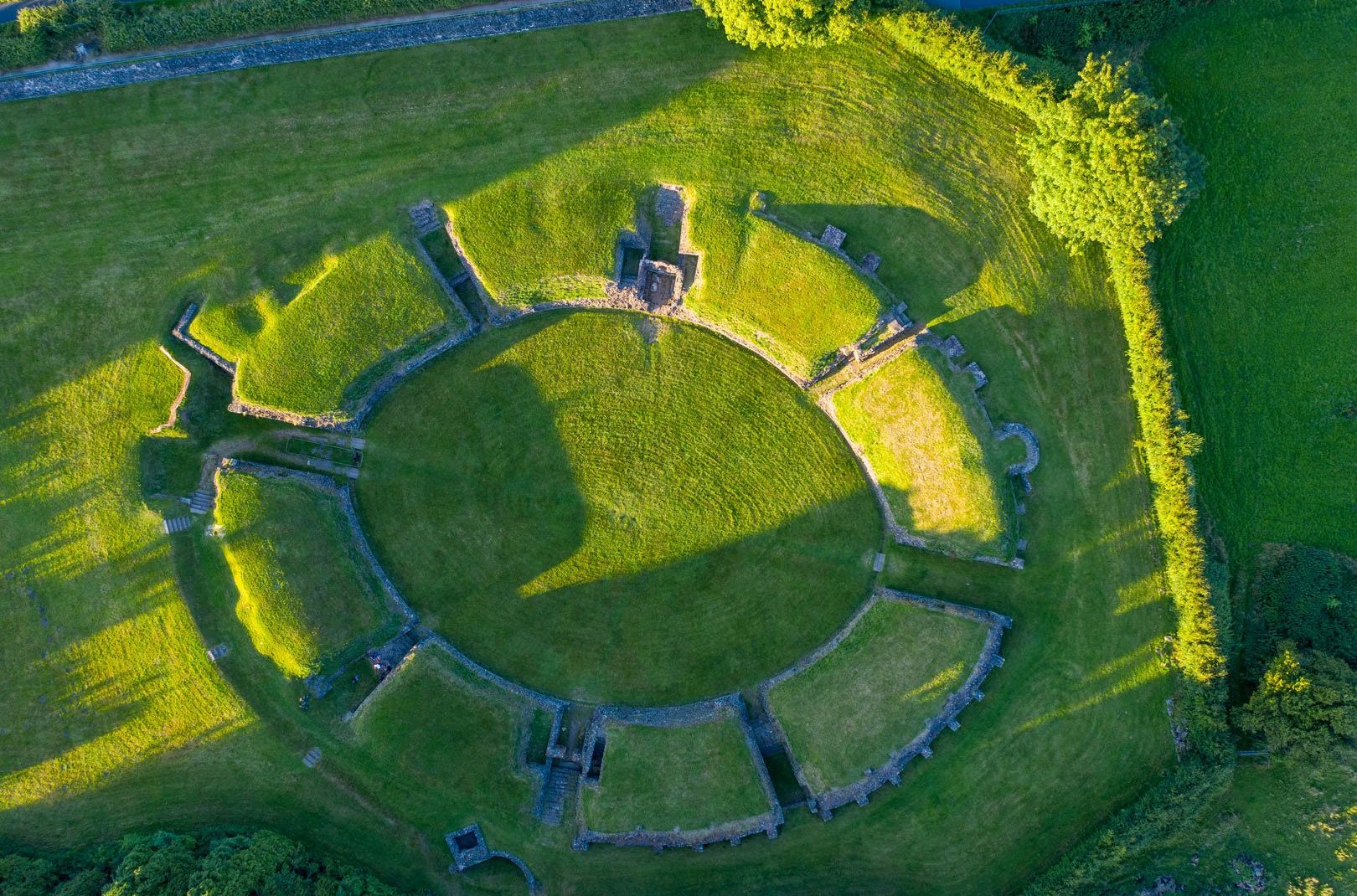
Roman Baths, Bath
The Roman Baths, built in AD 70, are remarkably well-preserved and famous for their hot spring water, filling the site daily.
The Roman Baths, one of the world's best-preserved Roman remains, whisks you back in time to AD 70 where all walks of Roman life bathed. Bath houses were more than just a place to get clean; they were communal and social hubs. The Romans believed that bathing was vital for health, making friends and a mark of their "Romanness".
The star of the show? Every day, the Roman Baths are filled with 1,170,000 litres of steaming spring water, reaching a toasty 46°C, just as it did two thousand years ago. As you explore the Roman baths further, you'll wander down ancient paths just as the Romans did and stumble upon changing rooms and tepid plunge pools.
Today, over 1.3 million visitors flock here annually to walk in the footsteps of ancient Romans. Although you can't take a dip, the experience is worth every penny, with tickets starting at £23.50 on weekdays and £26.00 on weekends for adults, and £16.00 to £25.00 for kids aged 6-18, with family options available.
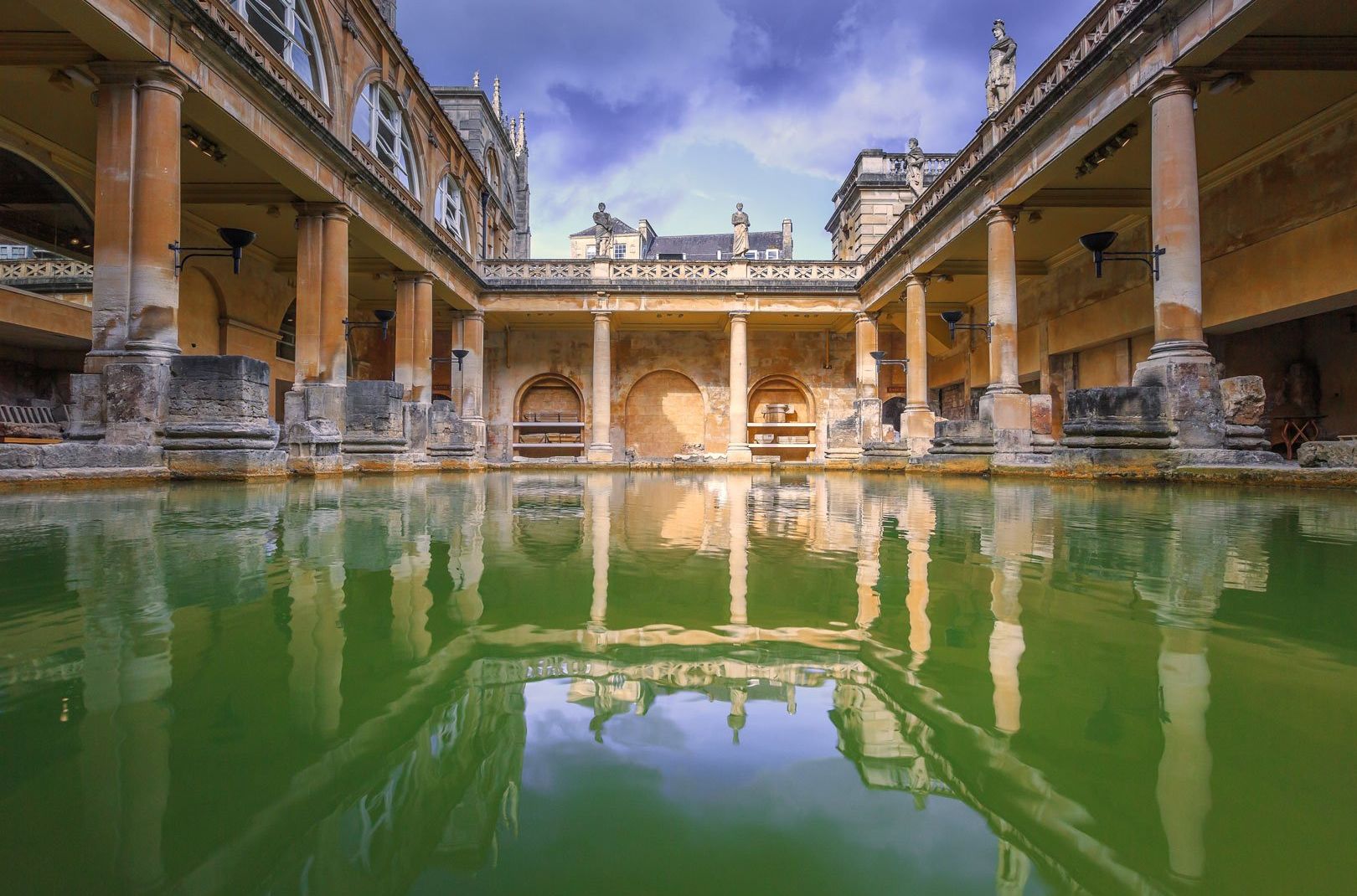
The Walls of Camulodunum, Colchester
Camulodunum, the first capital of Roman Britain, was established in AD 43. The walls once stretched three kilometres in length and stood six metres high.
Colchester was once known as Camulodunum and proudly claims to be England's oldest recorded town. It was the capital of Roman Britain, making it a must-visit for those eager to explore the past.
One of the key highlights here is the defensive wall that surrounds the city which is still two-thirds intact. The wall that protected Camulodunum stretched almost three kilometres in length and stood six metres high. Walking along the wall has become a beloved activity for both tourists and locals. Camulodunum boasted three theatres – more than any other town in Britain – and even hosted the only Roman chariot-racing circus on the island. The discovery of large town houses with underfloor heating and beautifully decorated mosaic floors showcase the grandeur of Roman life.
At its peak, Camulodunum likely housed around 30,000 residents. While time has evolved much of Camulodunum, you can still uncover its ancient secrets by simply walking through the streets of modern Colchester. So, grab your walking shoes and get ready for an enjoyable and affordable day out.
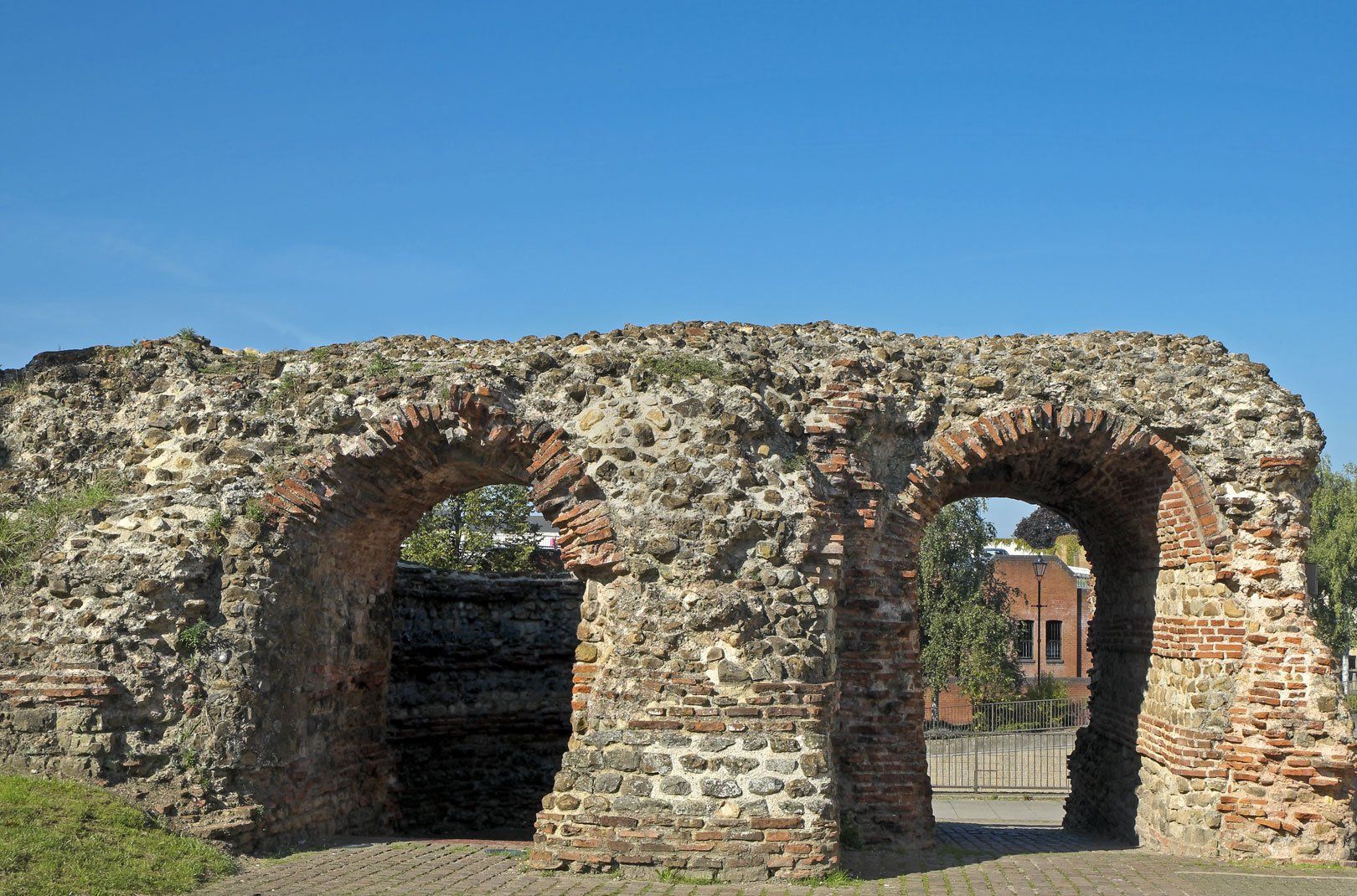
Lullingstone Roman Villa, Kent
A Roman villa dating back to the first century featuring a heated bath suite, a gallery filled with Roman artefacts and a 'house-church'.
Last up on our list is Lullingstone Roman Villa which is tucked away in Kent's charming Darent Valley. Dating back to the first century (around AD 80-90), this villa was expanded and lived in until it was destroyed by a fire in the fourth or fifth century. Throughout the years, it has changed to match the styles of successful and wealthy owners who lived there. It is one of the best-preserved Roman villas in all of Britain.
The villa offers a unique, fun family day out, suitable for any weather. Families can explore its well-preserved grounds, check out the detailed mosaics and look at rare wall paintings. There's also a heated bath suite, a gallery filled with Roman artefacts and a 'house-church,' which is one of the earliest signs of Christianity in Britain.
English Heritage members can enjoy free access, while ticket prices for others are £9.50 for adults and £5.50 for children aged 5-17. Family ticket options are also available. Keep in mind that prices may vary for on-site purchases. Right now, Lullingstone Roman Villa is temporarily closed for improvements. When it reopens, this villa promises an interesting trip into the past right in the middle of Kent.
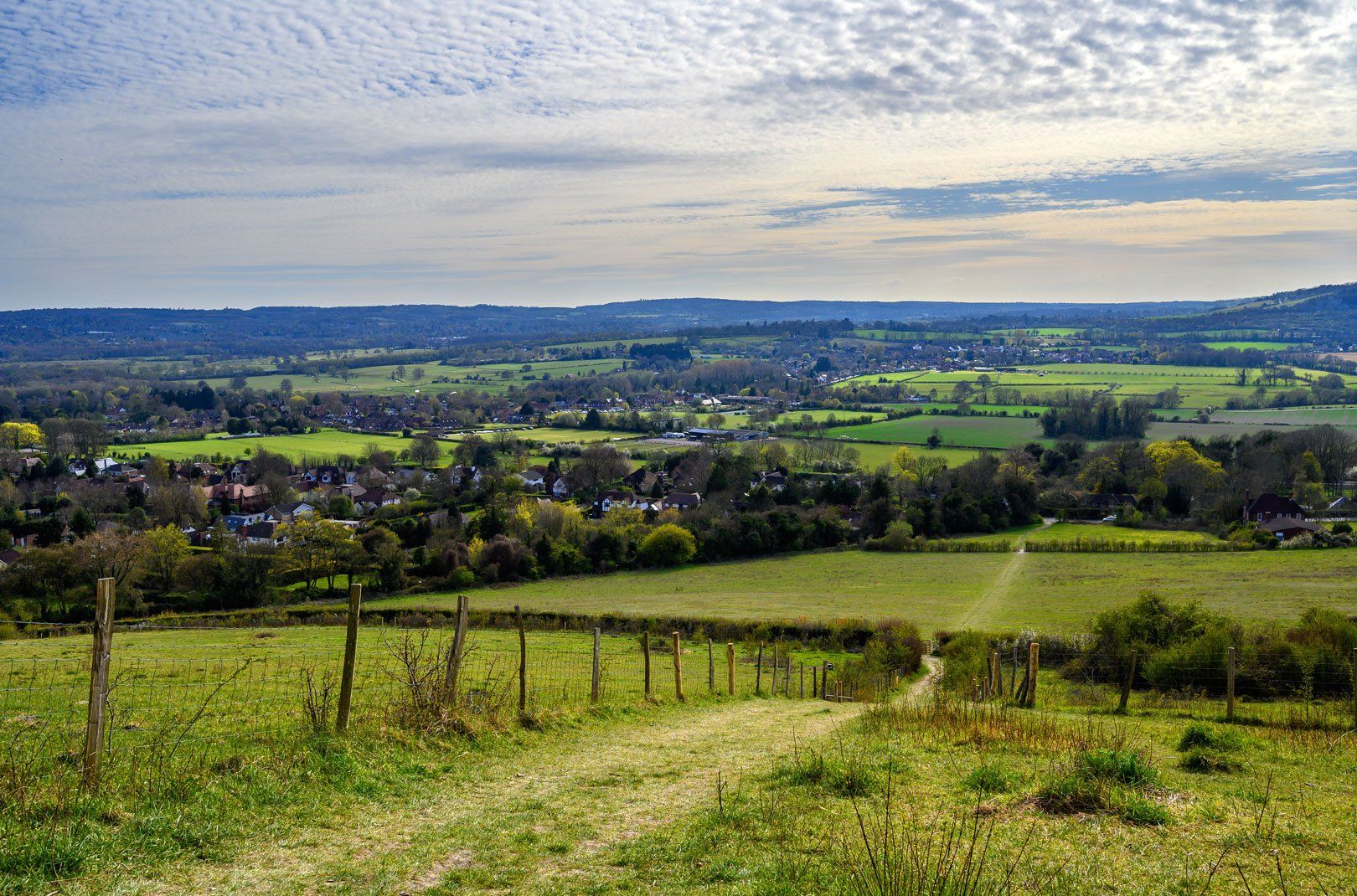
If your little ones are hungry for more historical adventures, there are plenty of UK historical sites scattered around the country that are perfect for families to explore. We'll be diving into more ancient civilisations in future blogs so keep an eye out for more exciting history lessons!
Looking for more family-friendly activities? Get inspired by our Adventure Finder Guides for more ideas on family days out and ways to get the family outdoors.

